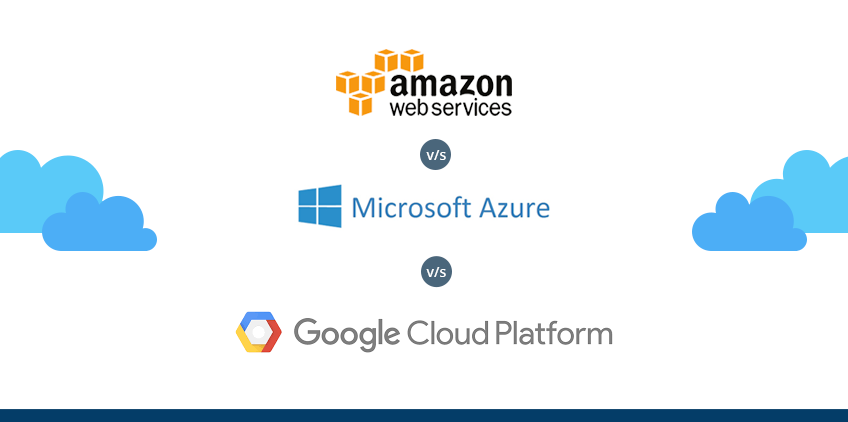
There are three main types of cloud
Public cloud
This model uses shared infrastructure that is accessible on a public network. Public cloud is designed to place growth to the company which doesn’t have upfront operational costs. It allows the company to expand its infrastructure with speed and agility. The main benefit for the public could be less costly because it allows you to pay for the resources you are using.
All the resources are ready to use. However, there are some drawbacks to using the public cloud. While flexibility attracts many companies to use the public cloud, you may lose some privacy. The public cloud access over the internet so the company needs to take strict security measures. Controlling your data is another concern because you only reside your data according to cloud provider infrastructure. Also, it depends on how much control you have we will mention later on.
Some of the public cloud examples are Microsoft Azure, Amazon AWS, and Google GCP.
Private cloud
The private cloud is mostly owned and accessed by a single company. The main reason for this is that company wants the full access to its data. The private cloud can be placed either in the private environment or hosted in a third-party hosting provider. Many companies like banks and healthcare have many regulations in place to manage their data so they have to inaccessible their data over the public network.
Most people can be confused with the concept of using a third-party hosting provider and consider this as a public cloud. By using a third-party provider, all the hardware is owned by the company, and they only use the infrastructure. The main difference between public and private clouds is the privacy of infrastructure and data.
There are some disadvantages of using the private cloud because your IT cost may increase. The company needs to pay for the hardware and invest in maintaining that hardware. On the other hand, by moving to a third party you can be concerned about security.
Hybrid cloud
This model is a mixture of public and private clouds. Most organizations want to store their data on-premise but only want to take service benefits from the cloud. This model also allows companies to migrate from private to public. There are many legacies on-premise systems in place which may require specialties to migrate or the cost of migration is high.
There may have some drawbacks to adopting this type because sharing data between public and private can slow down your application due to the geographical distance. Also, organizations need to manage data in place. This may increase IT management costs. Cloud providers also help to migrate to their platform with many services.
Conclusion
Adopting which type of cloud model depends on the organization and use case. However, many organizations trying to migrate towards cloud platforms but want concerned about their sensitive data so they adopt a hybrid model. If the new startup wants to expand its services globally, they take the existing cloud infrastructure to reach many users.



0 Comments